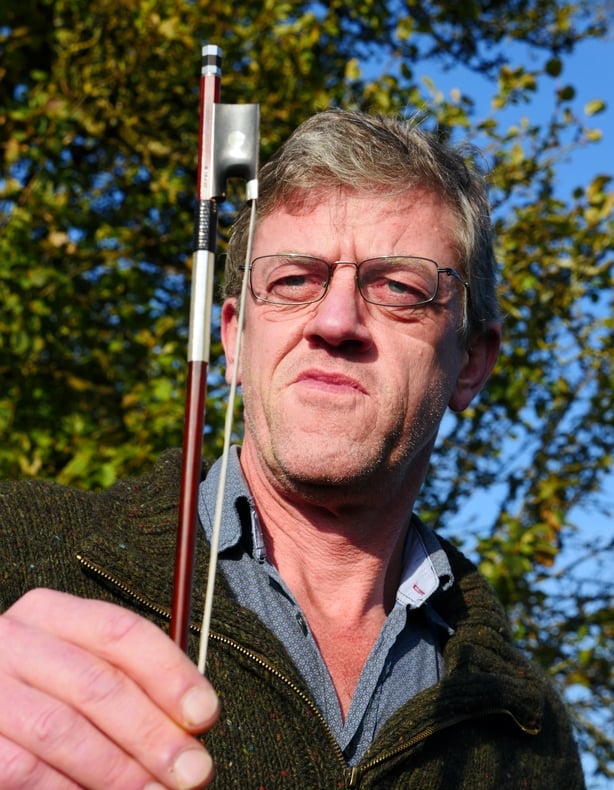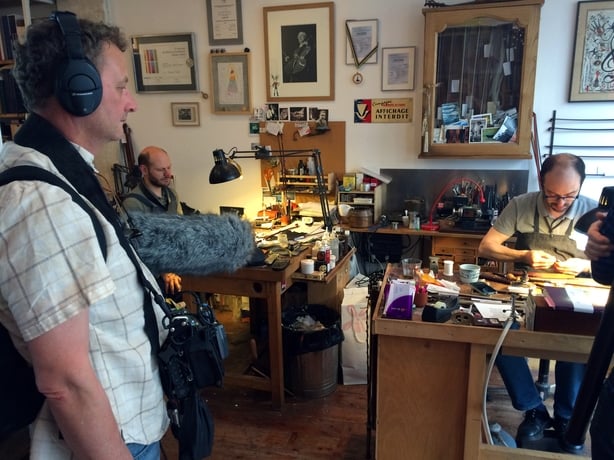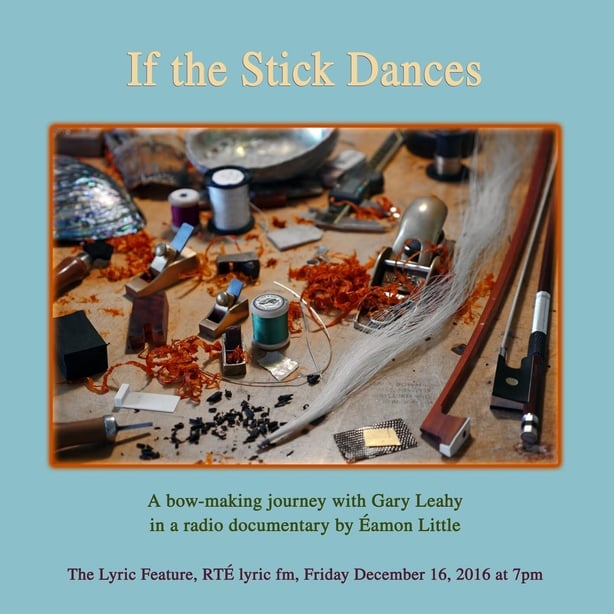Why is the bow so important to a player and to the quality of violin, cello or viola music?
Éamon Little's splendid new RTÉ lyric fm documentary If the Stick Dances takes the listener on a journey in the company of Irish violin bow-maker Gary Leahy. Their mission: to shed light on that question above and other curiosities concerning the materials and considerations involved in the crafting of a top-end bow in the French style.
Listen to The Lyric Feature: If the Stick Dances below:
We need your consent to load this rte-player contentWe use rte-player to manage extra content that can set cookies on your device and collect data about your activity. Please review their details and accept them to load the content.Manage Preferences
Here, Eamon Little takes us on his own journey to bow-making enlightenment...
This one goes back to 2002 when Gary Leahy, a friend of my wife, dropped in, having just upped sticks and returned from New Zealand to begin apprenticing with a renowned bow-maker in Westport.
I was immediately interested by the craft, especially the materials involved. A fan of David Shaw-Smith's wonderful television series Hands, and a struggling filmmaker myself, I had a madcap notion I could make a lyrical, three-minute film for the Irish Film Board's Short Shorts scheme, in which all the materials would be seen at source, being worked upon and in a finished bow, all to music played on that very bow. And all for €15,000! The original pitch for the film was not unlike the blurb for the documentary that became If the Stick Dances:
What do pernambuco trees from the forests of Brazil, ebony from the jungles of Cambodia, mother of pearl from the seas off Japan, lizard skin from Africa, silk from a Chinese worm, gold, silver, tusks of a woolly mammoth and hair from the tail of a Mongolian pony have in common?
Thankfully, the IFB didn't share my enthusiasm and that idea was shelved. But noticing Gary's development as a bow-maker of growing repute over the years since, the idea kept ticking over, so that one day in 2014 I landed into his gaff in Newport with my sound recording gear. I like to begin film projects with some gentle probing on audio only, so as not to spook the quarry.

I'd already finished two radio documentaries by then, was making a third and enjoying the process. Radio is far less complicated than film and can be done almost entirely as a one-man gig. As long as you don't expect to make a living, or even half your TV rate, radio is the business. That first day recording in Gary's workshop, which now constitutes a goodly part of the current documentary, I realized two things. Firstly, that there was surely a decent radio doc here and, secondly, that making it would be an excellent way to research a proper film. I'd done a Lyric Feature before and found them excellent to deal with, so I tried them again and they bit. BAI came in with nearly enough funding to get it over the line and off Gary and I scooted to Cologne, Paris, Beauvais, Yorkshire and, over the wires, such far flung outposts as Brazil, Cambodia and the arctic wastes of Alaska, into the fascinating worlds of instrument-making, raw materials sourcing, music-playing and bow-collecting.

Each stop was an education for us both. I'll never forget Gary's face as he got it from the horse's mouth that it takes thirty-two tails to string a bow. Nor his excited reverence at encountering the preserved workbench of the great Eugene Sartory. Amazingly, bow-making has hardly changed since the late 1700s, so that entering workshops peppered around the Rue de Rome in Paris, centre of the bow-making universe, felt like stepping into the kind of timelessness one associates with the most enduring music.


